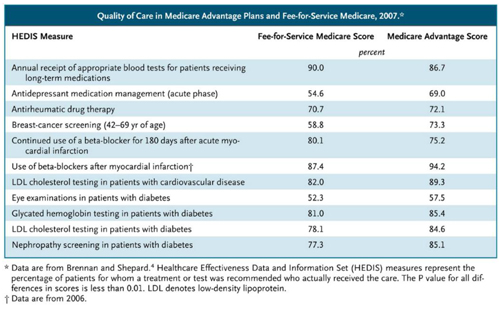Gouging Seniors
An “observation” patient is technically never admitted and the visit counts as “outpatient care.” In that case:
These observation patients might wind up paying a larger share of their hospital bill than inpatients, since they usually have a co-payment for doctors’ fees and each hospital service. But Medicare doesn’t pay at all for routine drugs that observation patients need for chronic conditions such as diabetes, high blood pressure or high cholesterol…
In Missouri, several Medicare observation patients were billed $18 for one baby aspirin, said Ruth Dockins, a senior advocate at the Southeast Missouri Area Agency on Aging; Pearl Beras, 85, of Boca Raton, Fla., said in an interview that her hospital charged $71 for one blood pressure pill for which her neighborhood pharmacy charges 16 cents; In California, a hospital billed several Medicare observation patients $111 for one pill that reduces nausea; for the same price, they could have bought 95 of the pills at a local pharmacy…
More from Susan Jaffe in the Kaiser Health News.


